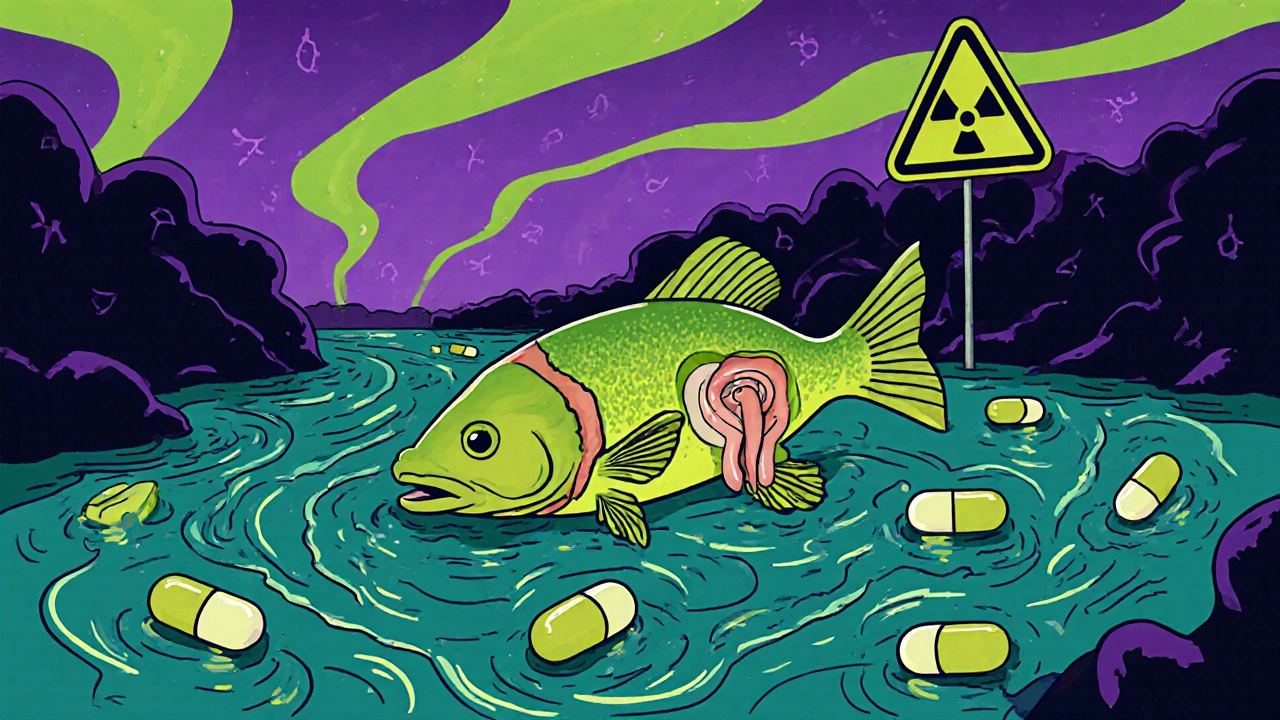Flushing Medications: What They Are, Why They Cause Redness, and How to Manage It
When you take a flushing medication, a drug that causes temporary redness, warmth, and sometimes itching in the skin, often due to blood vessel dilation. Also known as drug-induced vasodilation, it’s not an allergy—it’s a physical reaction many people don’t expect. You might feel your face turn bright red after taking niacin, or notice a sudden heat spreading across your chest after starting a blood pressure pill. It’s startling, but usually harmless. Still, it can make people stop their meds out of fear, even when the drug is working exactly as it should.
Flushing isn’t one thing—it’s a symptom caused by several different types of drugs. Niacin, a B vitamin used to lower cholesterol, is one of the most common culprits. It triggers prostaglandins that widen blood vessels near the skin’s surface. Calcium channel blockers, like amlodipine or diltiazem, used for high blood pressure and angina, can cause flushing too, because they relax artery walls. Even some antidepressants, especially SSRIs and SNRIs, lead to hot flashes and redness in sensitive users. These reactions aren’t rare. In fact, up to 40% of people taking high-dose niacin report flushing within minutes.
What makes it worse is that people often confuse flushing with an allergic reaction. But true allergies involve swelling, trouble breathing, or hives. Flushing is just blood rushing to the skin. It doesn’t mean the drug is unsafe—it means your body is responding to it. The good news? There are ways to cut it down. Taking niacin with food, using extended-release forms, or pairing it with low-dose aspirin can reduce the flush. For blood pressure meds, the redness often fades after a few weeks as your body adjusts. If it’s unbearable, talk to your doctor—there are alternatives that don’t trigger it as much.
What you’ll find in the posts below is a collection of real-world experiences and science-backed advice on how medications affect your body in ways you might not expect. From cholesterol drugs that turn your face red to antidepressants that cause hot flashes, these articles break down the why and how behind common but misunderstood side effects. You’ll learn which drugs are most likely to cause flushing, how to tell if it’s dangerous, and what to do when it gets in the way of your treatment. No fluff. Just clear, practical info to help you stay on your meds without the discomfort.

